In 1994, the Japanese were unstoppable. Japanese wages were the highest in the world, far outpacing the Germans, Americans, French, and British. Their wages were exponentially rising, while the rest of the world was flatlining.
The 1982 film Bladerunner depicted a world in which Japanese language and culture had spread as a result of economic domination. The success of anime, such as Dragon Ball Z (1989), seemed to fulfill this prophecy. The trend lines were clear. If Japanese growth continued, they would own everything.
But in 1996, Japan began stagflation, from which it has never recovered. What caused this? Are other powers, like China and America, going to hit the same ceiling of growth?
In this article, I will cover the following:
The China Crisis:
China’s fertility crisis.
The role of AI in worsening this crisis.
How China’s low tourism demonstrates its inability to accept immigration.
China’s military instability: why China will not go “quietly into the night.”
The environmental vulnerability of China.
Mass Asian Immigration:
How a Chinese crisis will result in mass Asian immigration.
The breakup of NATO as a result of mass Asian immigration.
How mass Asian immigration will drive Soviet-style ethnic conflict against rural “kulak” populations.
Israel’s reaction:
Israel’s reaction to the breakup of NATO.
The relationship between Turkey and Iran.
Finally, I will conclude with an afterword on the decline of Christianity and the rise of genetic engineering.
Fertility and Growth:
The relationship between economics and fertility is not 1:1. It is possible to experience economic growth while experiencing a declining population, as in the case of California.
Still, low fertility suppresses economic growth by reducing both labor availability and consumption. Less people means less demand on housing, agriculture, education, energy, and everything else.
In 1974, Japanese fertility fell below 2.1 for the first time in history. Exactly 20 years later, Japan entered stagflation. Is this a mere coincidence, or an iron law of economics? Do countries with below replacement fertility inevitably enter economic decline within two decades?
In the United States, this occurred in the year 2009. If this “20 year rule” holds true for America, America should begin to experience economic stagnation around 2029. But in China, fertility fell below replacement in 1991. So why didn’t China begin a recession in 2011?
One explanation is “catch-up” theory. In 1994, Japan had already “caught up” to the west technologically. It had all the same conveniences, machines, and logistics as the west. As a result, declining fertility in Japan meant that there were no new avenues for growth, either by technology or population.
By contrast, in China in 2011, the country was still stuck in the 2nd world. China still hadn’t caught up to America in terms of road building. It also was only 51.3% urbanized, which was much lower than America. (Already, by 1950, America was 64% urbanized.) So in 2011, China still had a long way to go before it “caught up” to America in terms of basic infrastructure. This has allowed it to maintain high levels of economic growth, despite the fact that it no longer has a growing pool of labor.
The effect of AI.
If AI becomes the main driver of economic growth, rather than fertility, then these technological developments might help America and China escape the stagflation of Japan. On the other hand, the effect of AI might have the exactly opposite effect: rather than negating or inverting the effects of low fertility, AI might accentuate and exaggerate these negative effects.
When people think of AI replacing the need for human labor, they often think of “low-skilled” jobs, and imagine that “high-skilled jobs” will remain untouched. But the truth could be the exact opposite. AI might replace engineers, but leave construction workers untouched. In this sense, AI would have the same effect as importing millions of lawyers, doctors, engineers, and scientists. It would devastate white collar workers, while boosting demand for blue collar workers.
Blue collar workers work with their hands. They are:
Plumbers, electricians, construction workers;
Welders, carpenters, cabinetmakers, and mechanics;
Roofers, stonemasons, carvers, bricklayers, painters;
HVAC and drywall installers, forklift operators;
Landscapers, berry pickers, gardeners;
Cooks, butchers, bakers;
Pipefitters, oil-riggers, dry-wallers;
Iron and steel foundry workers;
Technicians, machinists, fabricators, assembly line workers;
Security guards, firefighters, and police;
Medics, nurses, and phlebotomists;
Hosts and hostesses, servers, busboys, waiters and waitresses;
Sewage workers, waste management technicians;
Repairmen, handymen, pest controllers, locksmiths;
Tower and telephone pole climbers;
Utility workers, crane operators, dockers, longshoremen;
Sailors, pilots, tile setters, driveway finishers;
Movers, builders, bulldozers, handlers;
Lumberjacks, warehouse workers, snowplow drivers;
Road workers, traffic controllers, screen printers, and sandblasters.
None of these jobs are likely to be taken by AI. In a world dominated by AI, it is the mid-wit (110-120 IQ) doctor, lawyer, and engineer who will become useless, not the man who works with his hands. The result is that AI will destroy countries with labor shortages (low fertility) and uplift dumb countries with high fertility (Pakistan, Iraq, Bolivia, Egypt, Algeria).
In the battle against low fertility, America has a secret weapon which Japan and China have neglected: immigration. Although the American birth rate is below replacement, immigrants “fill in the gaps” and continue to grow America’s labor force. This is not true for Japan, and it is also not true for China.
What differentiates Japan and China?
In 2021, for the first time, the Chinese birth rate fell below the Japanese birth rate. This contradicts pedagogic, economic, or urban density models of fertility.
Japan is more educated, more wealthy, and more urban than China.1 China’s population is only 66% urban, while Japan’s population is 92% urban. If wealth, education, and urbanism cause women to have less children, how could the Chinese drop below the Japanese? Other possible factors would include race and religion, but the genetic and religious differences between Japanese and Chinese society seem relatively minor.
If the difference in fertility between Japan and China is not due to pedagogy, economics, or urbanization, then perhaps the difference is in policy. China has had decades of authoritarian forced-abortions under its “one child policy,” while Japan allows people reproductive freedom.
China is not just a hellscape for freedom and reproductive rights, but it is also uniquely unattractive to tourists. Japan received 25 million tourists in 2023, around half of what the United States received. By contrast, China received only 35.5 million tourists in 2023. For a country which is almost ten times the size of Japan, and three times the size of America, these are appalling numbers. Why do so few people want to visit China? Are people disgusted by China? Or is the Chinese government afraid to allow in tourists, because their fragile security state sees tourism as a political risk?
China is a ticking time-bomb.
During Japan’s economic stagnation, no mass riots have broken out. Crime has not increased. Life is peaceful. The Japanese military is relatively small. American occupation forces prevent the country from embarking on any colonial adventures.
China, by contrast, is not occupied. It is currently engaged in genocide against both its Muslim and Tibetan population. As it slides toward the brink of stagflation, it may “lash out” militarily in a last-ditch attempt to prevent its own decline.
The Chinese Civil War, which ended in 1949, never resolved the issue of Taiwanese independence. Due to China’s declining fertility rate, the size of the Chinese fighting-age population is declining every year. China will soon experience both a shrinking population of soldiers as well as a shrinking pool of economic resources from which to draw. If low fertility and low immigration leads inevitably to economic contraction (even with AI and automation), then the Chinese military has a limited window of “peak strength.”
The clock is ticking. Currently, 40.7% of China is between ages 20 and 49 (2022). By 2027, this will shrink to 39%. By 2032, this will shrink to 38.6%. By 2037, this will shrink to 37.2%. With 1.4 billion people, this loss of 3.5% of their fighting age population represents a loss of 49 million soldiers in 15 years. That’s almost as high as all military casualties during WWII (on both sides). Can China afford to wait much longer?
Japan faded into the sunset because it was occupied after WWII. China has no such limitations on its military. China has the ability, should it choose, to invade Taiwan.
The Soviet Union, before its decline and fall, also experienced economic stagnation. Like the Soviet Union, China’s political system is extremely centralized and fragile. This is not to say that America’s political system is not also experiencing a crisis of confidence. But by comparison, America’s political system is radically more stable than China’s.
After America’s war of independence in 1776, there was one American Civil War in 1861. Besides that, America has never had an internal conflict, besides a few race riots which killed dozens of people. By comparison, Chinese civil wars in the 19th and 20th centuries killed millions of people.
Three possible outcomes for China:
A rapid demographic turnaround in the next 10 years, where China stabilizes its birthrate between 2.1 and 3.1;
A massive war in which millions of Chinese people die;
A slow decline in China’s power and influence.
Barring some kind of miraculous demographic revolution, the best case scenario for China is that it is able to transition to economic and demographic stagnation following a Japanese model of development.
The second best case scenario would emulate the breakup of the Soviet Union. In that case, Tibet, Xinjiang, Outer Mongolia, and Guangzhou would likely gain independence. China’s loss of influence over North Korea might result in Korean unification, similar to the unification of east and west Germany after the collapse of the Soviet Union. A united Korea would diminish China’s naval superiority in the Yellow Sea.
Rising sea levels.
More than any great power, China is threatened by rising sea levels. All of its arable farmland is located in low lying, coastal areas. This would be as if America’s breadbasket was located in Florida. Fortunately for America and Europe, both have fertile regions which are less affected by sea level rise: Ukraine and the Great Lakes region. China does not have such advantages.
While sea level rise is not likely to swallow up China in the coming decades, it is still likely that sea level rise will threaten China with increasing maritime disasters in the form of flooding, typhoons, and wind storms. This will add additional stress to China’s economic and political system. It is also true that sea level rise would affect Europe and America — especially the cities of New York, Boston, and Miami. The argument here is not that China will be the only one affected, but that its political system is less capable of withstanding a crisis than America.
Mass Chinese Migration
Prior to COVID, around 3 million Chinese tourists visited America every year, and 300,000 Chinese students studied in America. In the event of a Chinese civil war, or even simply economic stagnation, we can expect that millions of Chinese citizens would flee the country, either as economic refugees, political refugees, or war refugees.
During the war in Ukraine, 30% of Ukrainian refugees have said they do not plan to return home. 20% of Ukrainians have already left the country. This means that 6% of Ukrainians have left and do not plan to return. If a similar number of Chinese were to flee China, this would be 84 million people. Split evenly between America and Europe, this would increase the Asian population of both America and Europe by 10% each, respectively.
While mass Hispanic migration into America is creating significant economic pressure on both housing and low-skilled employment, it is not resulting in a new class of highly educated Hispanic politicians capable of altering the American political system. At the lowest levels of political activity, Hispanics are increasingly tending toward political centrism, favoring neither Republicans nor Democrats. In terms of foreign policy at the highest levels, the effect of Hispanic immigration is neutral.
Chinese immigration, on the other hand, would have more consequences for the American elite. Within a generation, highly skilled and educated Chinese business leaders and politicians would have a significant influence on the American political system. If rising sea levels and increasing desertification also produce food shortages and droughts in India, then the amount of Asian-origin refugees could easily double from 84 million to 168 million, which would then become 20% of the resulting American and European population, and a majority of NATO’s educated elite.
Whether or not China or India’s fragile geographic, economic, or political problems can be mitigated is unknown. What is certain is that a mass migration from these countries into the west will drastically change American and European demography in a way that Hispanic or Islamic immigration has not. Already, politicians like Rishi Sunak and Nikki Haley have made their prominence felt, despite the fact that they come from extremely small minorities of their respective countries. Asians, as “model minorities,” exercise an outsized influence compared with their population.
The descendants of Asian immigrants, where they have achieved political power, have always favored increased mass immigration, whether they called themselves “liberal” or “conservative.” If the elite favors mass immigration now, any additional Asian influence will only increase this favor, even as the number of immigrants becomes unsustainable or politically untenable.
Chinese or Indian mass migration, occurring sometime in the next 20 years, will have devastating consequences for Europe and America. These “new elites” will have even less regard for the heritage and history of the native populations than the present elite. As more immigrants come in, more will take power, leading to a feedback loop where immigration reaches unrecognizable levels. The resulting political systems will have little resemblance to anything existing today.
India, prior to British colonization, formed a brutal caste system, where social mobility was limited in favor of inherited tribal loyalties. In China, a one-party state assigns privileges on the basis of ideological loyalty. In a synthesis of these two systems, we can imagine a one-party ideological state layered on top of a caste system. Chinese, Indian, Jewish, and white groups would jockey for power within such a state.
In the early Soviet Union, every minority was promoted to the top. Under Stalin, a Georgian, the mass deportation of ethnic groups from their traditional homelands resulted in the elimination of historical identities. In America, the “white ruralite” resembles the political orientation of the Kulak, Cossack, or German farmer deported by Stalin to Asia. An America ruled by a Chinese-Indian coalition might take a similar attitude toward the population of West Virginia, and the Canadian wilderness could serve as America’s Siberia. The result would not be total white genocide, but a disruption of America’s “folk culture” and historical continuity.
Israeli attitudes toward NATO.
Having discussed some of the possibilities in Europe and Asia, I would also consider the impact of these developments on Israel.
NATO as a military force is generally cooperative with Israel. During Iran’s drone attack on Israel on the 13th of April, countries such as France and the United Kingdom actively participated in the defense of Israel. Without such foreign aid from NATO, Israel would have sustained much greater damage from the Iranian attack. At the same time, Israeli ultra-religious nationalists are hostile to European liberalism, which they view as inherently pro-Palestinian. They also see NATO as an empire in decline, and not one with a bright future which can be relied upon.
There is a political divide within Israel as to whether the bond with NATO should be strengthened and the alliance deepened, or whether Israel should “diversify its assets” by seeking closer relationships with Russia, China, and India.
In the long term, mass elite Asian immigration to America or Europe will undermine the ethnic, religious, and cultural bonds which are the foundation of the NATO alliance. Without an implicitly white, Christian, or liberal tradition, the collapse of the alliance in the 2040s will pressure Israel to reorganize the Middle East.
In the short term, Israel is likely to continue obtaining whatever aid is possible from NATO. In future decades, Israel seeks to normalize relations with neighboring countries, and to form a “neo-Ottoman system” stretching from Morocco to Oman.
At present, Iran’s performance against Israel has been more pathetic than Russia’s performance against Ukraine. If Iran continues to fall behind economically and militarily, Israel’s main competitor will be Turkey.
Turkey’s relationship with Iran is largely determined by the intersection of both countries in Azerbaijan. Iran’s current president, Masoud Pezeshkian, is Azerbaijani, and Turkey has a cultural and economic interest in Azerbaijan. The Azeri and Turkish languages are both Oghuz languages, and are mutually intelligible.
These two languages are roughly as similar to one another as Norwegian and Swedish. A political, military, and economic alliance between Turkey and Azerbaijan would guarantee Turkey access to the lucrative Baku oil fields, as well as the Caspian Sea.
Turkey views Iran as an opponent to its ambitions in Azerbaijan. Given Turkey’s NATO membership, this makes an agreement between Turkey and Iran less likely. This is another benefit of NATO to Israel: Turkey’s NATO membership inhibits an agreement between Iran and Turkey. If NATO were to fall apart, this would introduce another dimension of uncertainty.
Desertification
The effect of desertification on the Middle East will be extreme. Desalination can help to alleviate shortages of drinking water, but will still contribute to the increasing price of food and regional instability.

Rising food prices, and the resulting political instability, present an opportunity for Israel to outmaneuver its opponents, but also mean that Israel will be dealing with a number of unstable actors. This outward instability will also be reflected internally within Israel, as the Haredi parties continue their climb to political domination over the country.
Ultra-religious parties have a track record of making outlandish and less-than-diplomatic public statements, lacking tact or sensitivity. The internal divisions within Israel, and the inability of ultra-religious parties to respect the dignity of non-religious Jews, make Israel’s success uncertain.
The future of humanity.
Having predicted the impact of environmental, political, military, and economic factors on Asia, NATO, and the Middle East, I will now finish with highly speculative musings on religious and genetic developments.
Whether Chinese or Indian interests emerge supreme is largely a question of the amount of immigration from both areas. The assimilation of white urban populations into the Chinese and Indian political camps will also be decisive. Currently, the Chinese rate of intermarriage with whites is much higher than the Indian rate of intermarriage. If this trend continues, then the Chinese camp would be granted an advantage in creating ties of marriage with the “old elite,” whether Protestant, Catholic, or Jewish.
After several generations of intermixing, elite Christian (Koch and Walton) heritage will be marginalized. Genetic experimentation will be more palatable in a post-Christian worldview. If technology continues to move forward, then humanity will be genetically altered to specialize in various economic tasks — calculation, analysis, bureaucracy, problem solving — as well as for military applications. Rather than AI taking over the world and destroying humanity, it is more likely that genetically modified humans will wipe out ancestral populations.
Each person will be born according to certain specifications and standards. Mistakes are subject to the cruel efficiency of infanticide. Sexual individualism, where mating occurs between pairs, will be replaced by sexual collectivism, where mating is determined by the needs of bureaucrats. America and Europe, as the centers of this experiment, will repopulate the world, replacing the populations of Asia, Africa, and the Middle East with new species.
In the same way that we do not consider horses or donkeys to be part of a “nation,” the vast majority of human animals will recede into the background of human consciousness, no longer being considered humans, but mere tools for a small class of decision makers. This is biological communism.
New fracture lines will emerge, different ideas on how to administer the world and how to best exploit its resources. New military technologies, akin to the invention of the chariot, will allow for great upsets in brief flashes. Global empires will shatter and crumble by the forces of genius and invention.
The petty ethnic grievances of the present day will be altered. In some cases they will be eliminated or exaggerated beyond recognition. Divisions between white, black, Asian, or Jewish will fade into obscurity and be overwritten. The religious divisions which animate Israeli and American society will recede into the darkness of history.
The destruction of human races will not lead to equality. Race will no longer be a product of geographic happenstance, but conscious and scientific design. Each person will have an appearance, psychology, and instinct according to their creator. Each race will be bred for economic competition.
The alternative to this future would be a decline in intelligence to the point where such technological advances become fictional. If humanity loses its ability to innovate and advance science, then we will return to the brutal trench warfare of the 20th century: primitive guns, gas and bombs, huddled in mud-filled holes.
Chinese GDP per capita is 12.7k USD, behind Russia at 15.3k, and slightly above Mexico at 11.5k (2022). Meanwhile, Japanese GDP per capita is 33.8k, about half that of the United States at 76.3k.




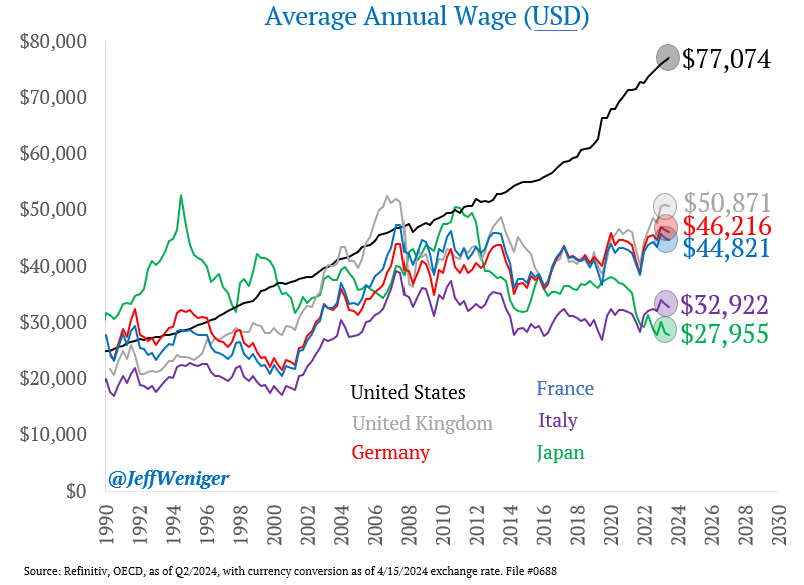

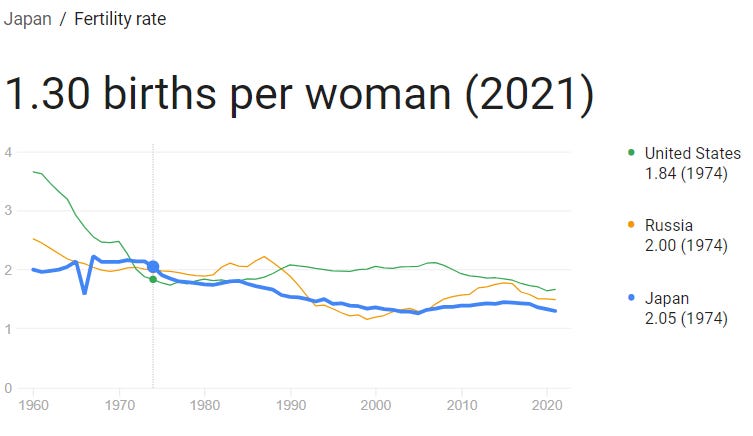
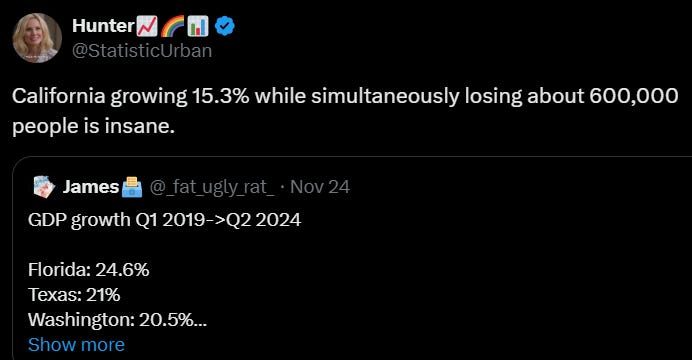
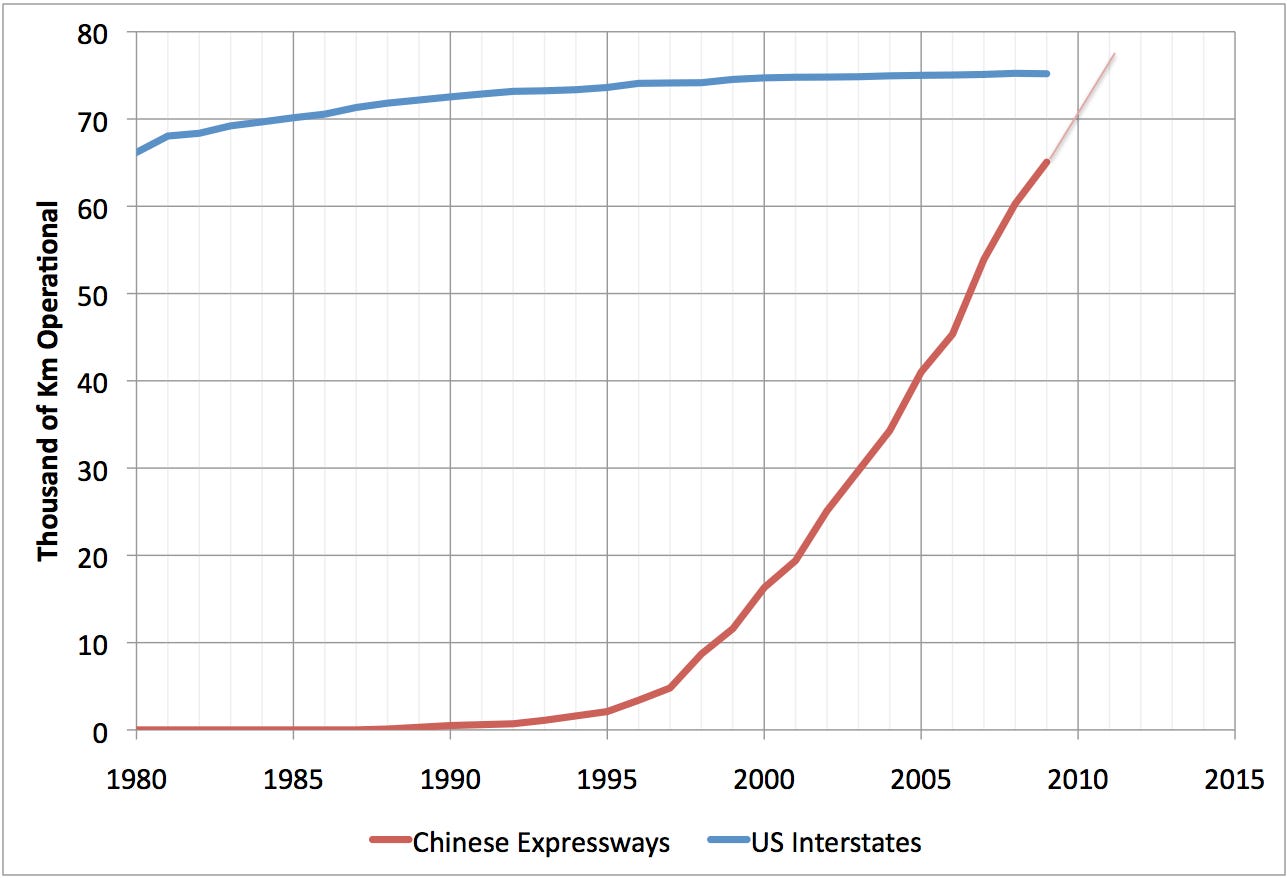


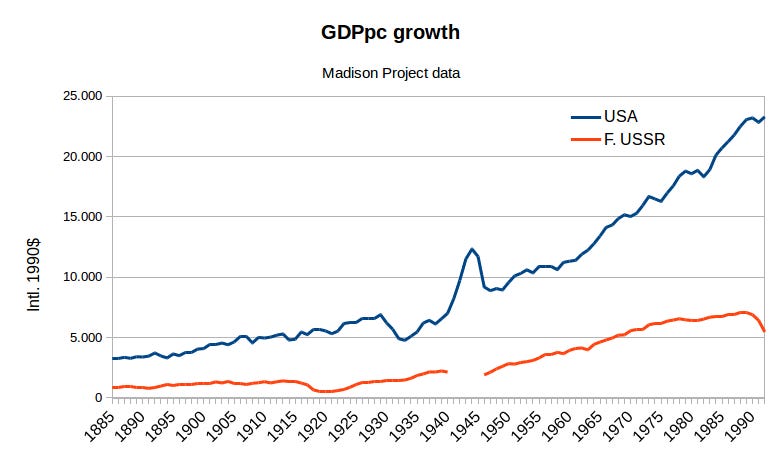
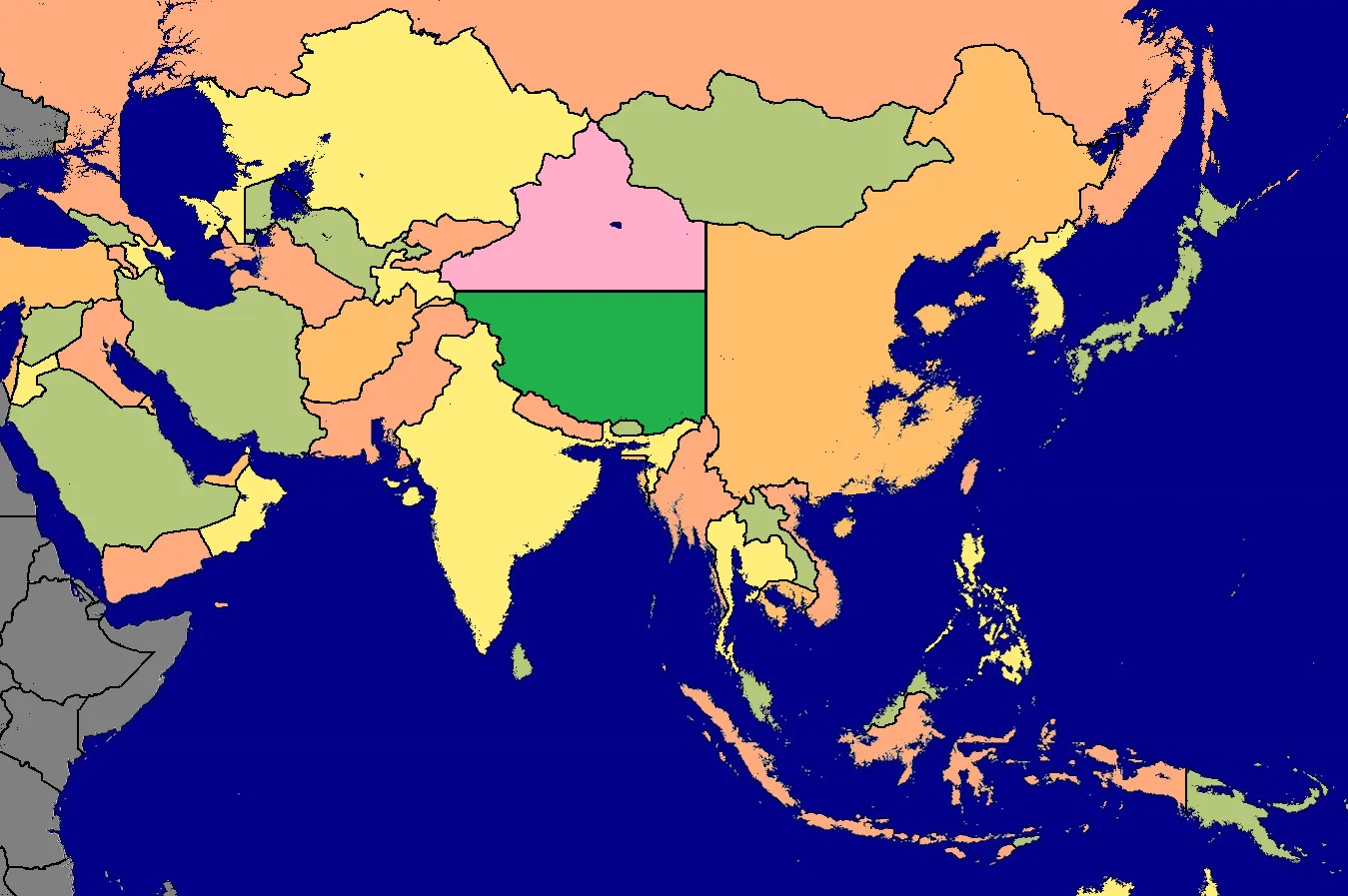
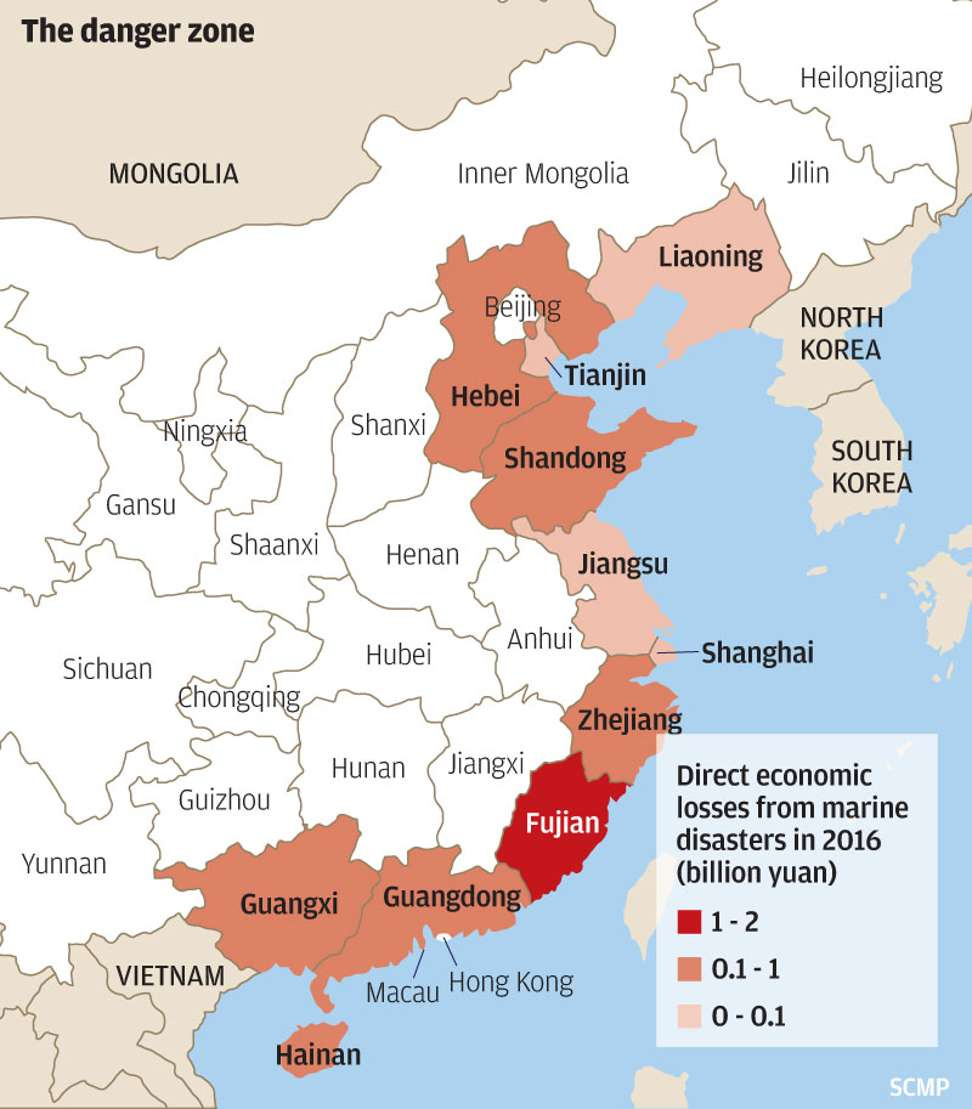
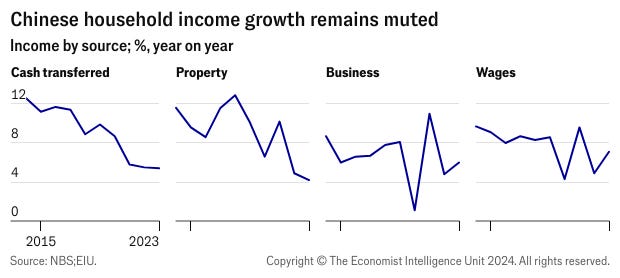
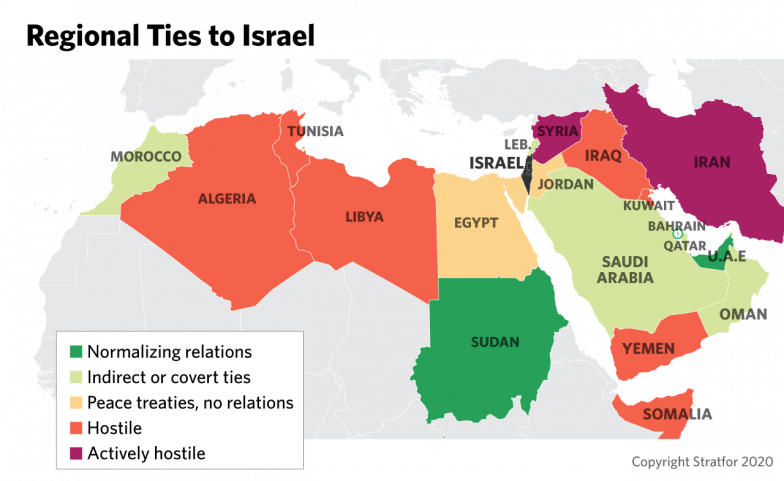
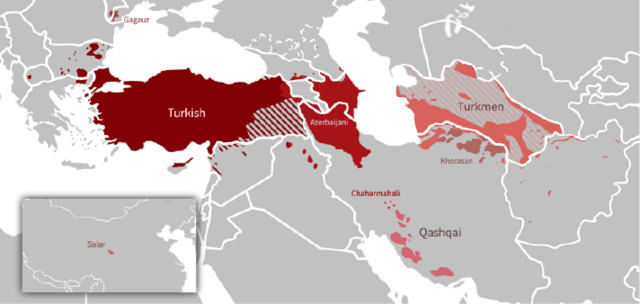
It’s no coincidence that Japan’s working age population peaked in 1996 when their GDP began to stagnate. It wasn’t until 2012 that GDP per capita really started to disconnect from the US (“coincidentally” about the same time the post-WW2 baby boomers reached retirement age in Japan).
China’s working age population peaked around 2016 (perhaps lower starting GDP per capita at this time has allowed for continued growth through this shrinking workforce unlike the extreme rich Japan in 1996). China’s Great Leap Forward baby boomers are just turning 60 now (the CPP pushed back retirement age a few years recently to 58 and 63 respectively). My prediction is we start to see low GDP growth (<2%), or even stagnation starting around 2026 for China when mass retirement begins. GDP per working age person will continue to increase for the foreseeable future.
“Meltdown: planetary china-syndrome, dissolution of the biosphere into the technosphere, terminal speculative bubble crisis, ultravirus, and revolution stripped of all christian-socialist eschatology”